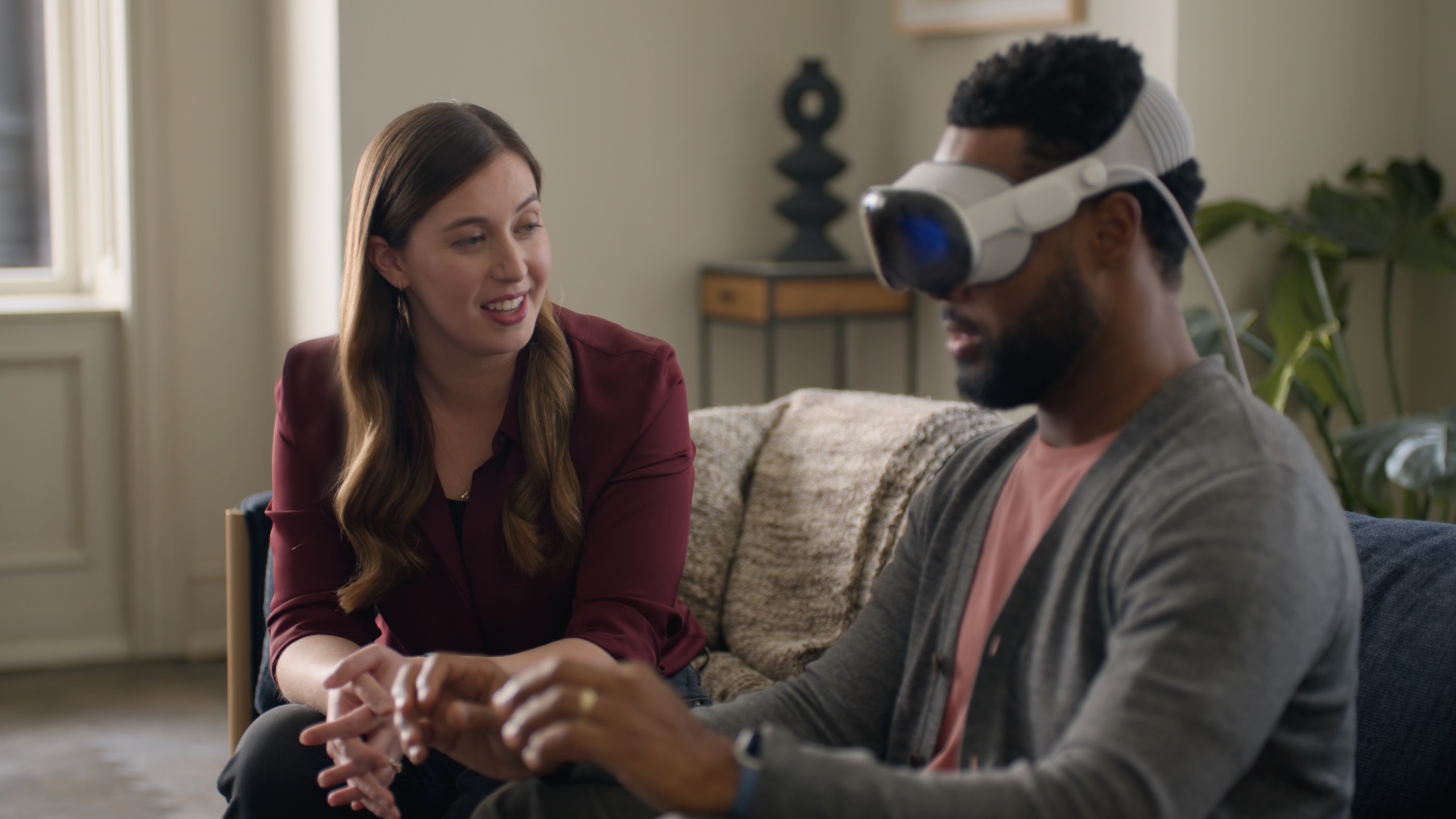
Apple Vision Pro is coming out in only a few days, and soon, there will be 200,000 odd headsets flooding the streets and living rooms of the US. While buyers will mostly be using them in their homes or constraining them to their offices and workspaces, there are some that will be taking them out and about, walking or on the bus.
Geoffrey A. Fowler points out in a column for the Washington Post that taking a headset covered with external cameras and sensors outside could well be a potential privacy nightmare — and not because it might be sharing personal details with any other third party.
A 3D map of wherever it goes
When Google Glass came out in 2013, there were concerns about the little camera on the front of the device that could take videos whenever the wearer wanted to. Understandably, people were concerned that photos or videos could be taken of them without their consent and their knowledge.
After all, it’s easier to see someone trying to take a surreptitious shot with their smartphone rather than with a device that they’re wearing at all times. To this end, Google fitted a little light that showed when some kind of media was being recorded by the device.
Apple has done something similar with Vision Pro — although its ability to map out the surrounding environment is something altogether more insidious. These aren’t just photos or videos that are being taken, but fully mapped 3D images of a time and space.
Apple has, as Fowler points out, “drawn a line in the sand.” The screen of the device indicates when the cameras are activated or when a photo or video is being taken, and 3rd party apps aren’t allowed access to the cameras.
But that’s nothing to be said of potentially ‘jailbroken’ devices that, at that point, become walking facial recognition devices. If governments or advertisers were to get data on the spatial layout of your home: what kind of TV you have, how big your sofa is — it would extend digital privacy to the physical, a glimpse into your life for bad actors.
It’s not hard to see where the concern lies, and neither is it hard to see how this technology could be used for ill.







